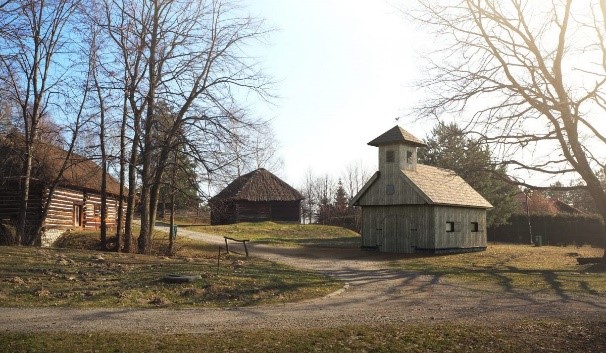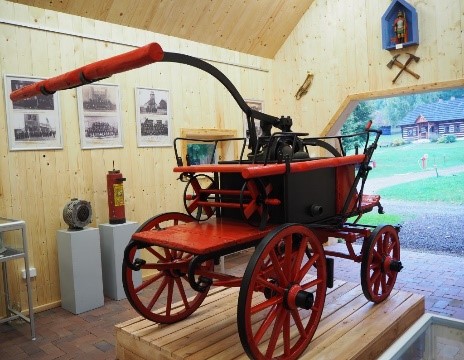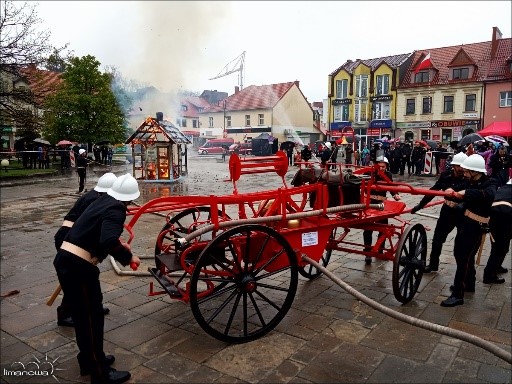Preserving fire fighting traditions and techniques in the Polish-Slovak borderland
Who do you want to be when you grow up? This is one of the questions adults most often ask children. The answers are endless. They often reflect how the world around us is changing and, in recent years, bloggers, youtubers and influencers have appeared in the answers. Following the examples of Messi, Ronaldo or Lewandowski, many boys dream of becoming a footballer. But for years, invariably in the top ten, is fireman. The beautiful thing about children's answers is that they do not analyse the potential earnings when listing different professions or occupations, they do not wonder whether there is a so-called future in them because, for them, it is important to have a role model, a person that they would like to imitate, who is an authority for them; a kind of hero.
In the United States, firefighters are heroes, and national heroes after the attacks on the WTC and, in Hollywood, movies are made about their work, sacrifice and heroism. In Poland and Slovakia, although the scale is different, firefighters also occupy an elevated role in the social hierarchy. They are the first to provide help, not only in case of fires, but also road accidents, floods and, in the era of pandemic, when often all ambulances are in the field, they also go with the medical first aid. They also help in less common situations, such as pulling down a cat that has bounded up a high tree and cannot get down by itself, or releasing swans that have become frozen to the ice.
Local governments spare no effort in equipping their firefighters with the best possible equipment and working conditions. At the same time they care about history, about showing what role firefighters played in the past and what the equipment they used consisted of. The purpose of preserving this history is served also by the restored historic fire station from Złotniki, which was located in the open-air museum in the Nadwiślańskie Ethnographic Park in Wygiełzów, as part of the project entitled "To praise God, to benefit people".

In the firehouse, there is also a permanent exhibition devoted to the traditions of volunteer firefighters and their role in the social and cultural life of small rural communities. There are old photographs, helmets, uniforms – what else can you see there? Please see link below.
For not only the young, the most exciting is an antique fire engine. It stimulates the imagination, especially when compared to modern fire engines.

Limanowa has also decided to preserve this heritage. As part of the project "Preserving fire fighting traditions and techniques at the turn of century in the Polish-Slovak borderland", Limanowa has restored two antique horse-drawn fire engines dating back to 1920.

Twenty sets of firemen's uniforms were also renovated. They consist of a jacket, trousers, belt with an axe, helmet and boots. The restored vintage fire engines, together with models of horses and mannequins dressed in the renovated uniforms, can be seen next to the buildings of the voluntary firefighting teams in Limanowa and Łososina Górna. Earlier on, they were used to show a historical firefighting operation. How did it look in the past? For sure it was more difficult than now. Putting out a fire required the involvement of many firefighters and quite a lot of strength. You can see it on the film, which also offers some knowledge about the history of firefighting. The film is quite long, so for those less patient, a hint – the old-style firefighting action starts at around minute 38.
At the end of the firefighting adventure, although it is a completely different story, there is another gem testifying to the role of firefighters in small borderland communities – an old fire engine – a treasure of firefighters in the Slovak Trstená.

Blog prepared in the project entitled: "Cooperation that enhances and develops as a key to a positive image of Poland on the international arena", co-financed by the Ministry of Foreign Affairs of the Republic of Poland as part of the competition "Public Diplomacy 2020 - a new dimension".


